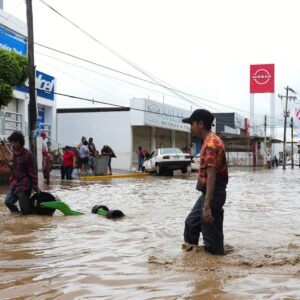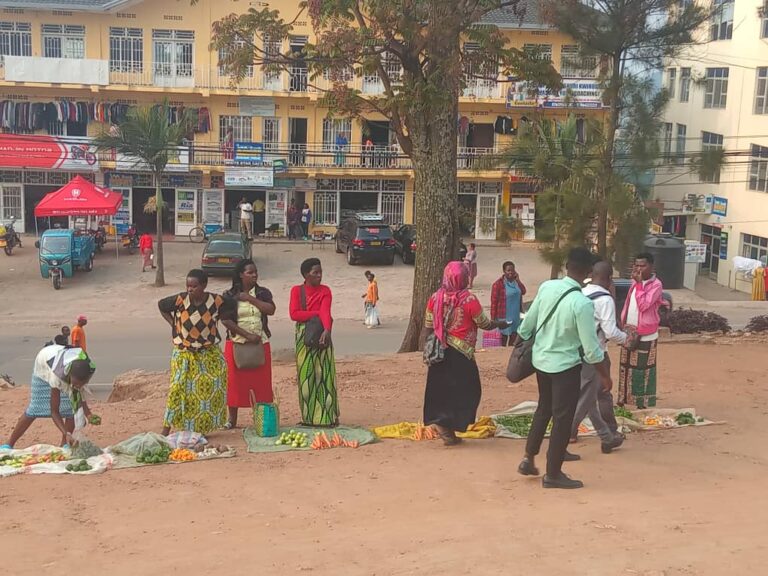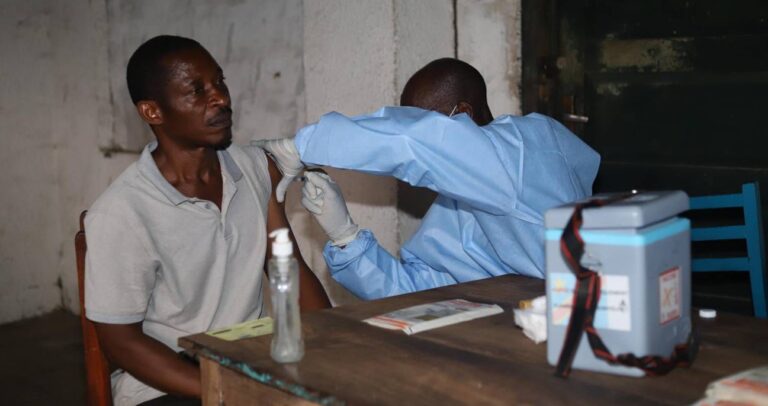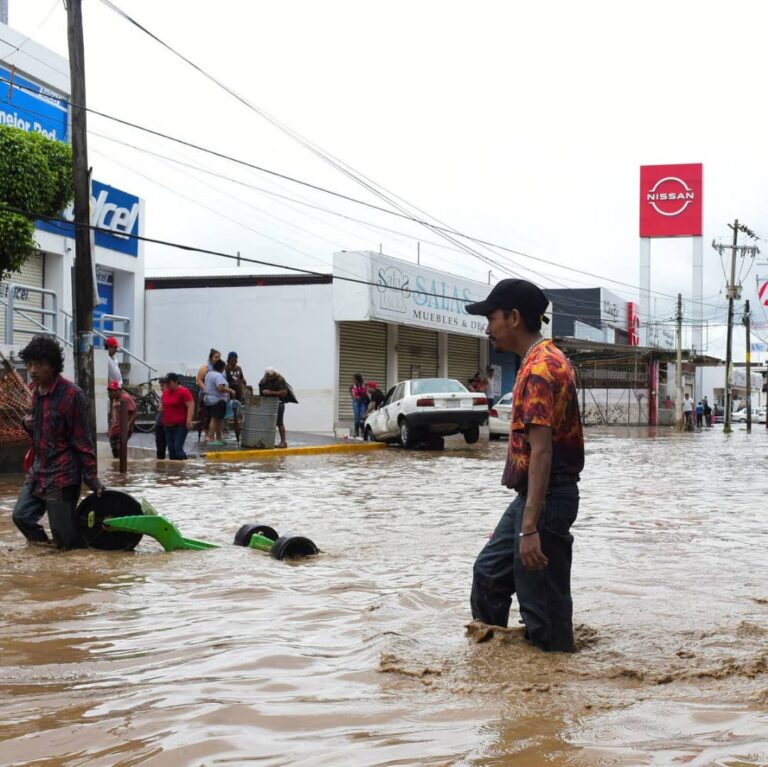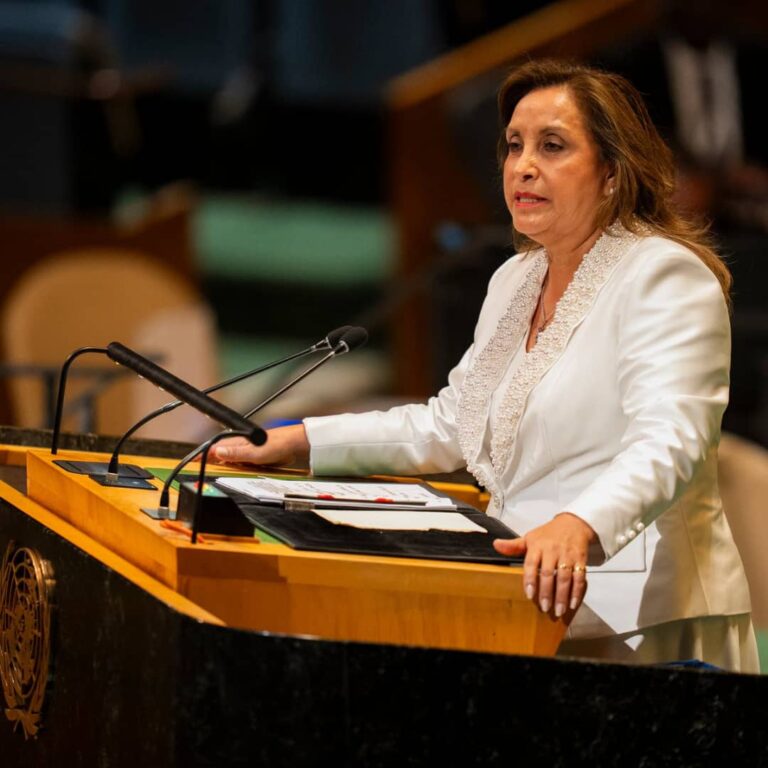According to the latest report from the National Institute of Statistics of Rwanda (NISR), the Urban Consumer Price Index (CPI), used as the headline figure for inflation, rose by 6.5% in March 2025 compared to the same month last year.
This marks a noticeable increase from the 6.3% recorded in February.
The data shows that inflation is not just a number, it is affecting real people, particularly in the cities. Food, transport, and hotel services have emerged as key contributors to this increase.
The biggest monthly spike was seen in vegetables, which rose by 5.9% in urban areas. But it’s meat that takes the spotlight over the past 12 months, having soared by a whopping 34.4%.
The cost of restaurants and hotels also surged by 14.1%, followed by transport, which went up by 12%.
These increases hit hardest in households with fixed incomes, where choices between basic needs like food, rent, and transportation are becoming tougher each month.
Comparing urban and rural trends
While urban inflation climbed by 6.5% year-on-year, rural inflation was more moderate at 3.9%.
However, rural households felt the heat on a monthly basis, with prices rising by 2.2%, higher than the urban monthly rise of 1.3%.
Rwanda’s overall national inflation for March stood at 4.9% year-on-year, showing a mixed but concerning picture for the country’s cost of living.
The underlying or “core” inflation rate—which excludes volatile items like fresh food and ener-gy—was 5.8% in March. This figure is closely watched by economists as it reflects long-term inflation trends.
Despite fresh produce prices increasing by 11.3% over the past year, energy prices surprisingly dropped by 1.1%, slightly offsetting some inflationary pressure.
The NISR gathers data from over 40,000 price points across the country every month to ensure accuracy.
Reports: Click here





